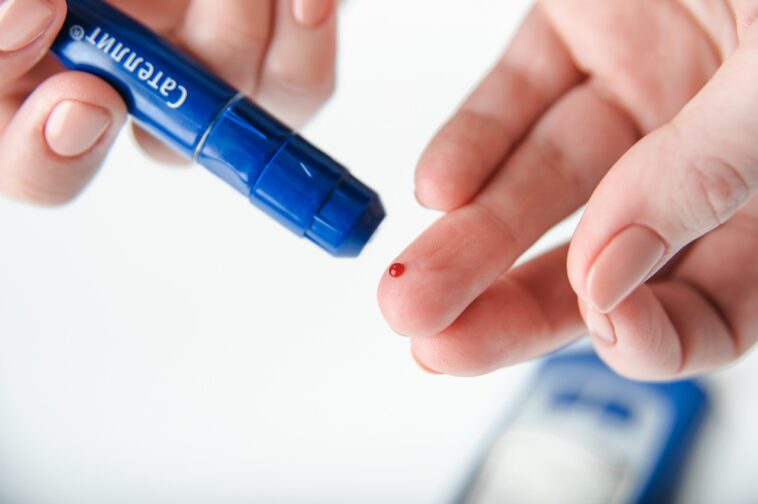There are many different types of diabetes, and two major ones identifying as type 1 and type 2 diabetes
stands for insulin-dependent and non-insulin-dependent. Insulin-dependent diabetes occurs when the pancreas does not make enough insulin to fulfill the needs of the body. Non-insulin-dependent diabetes is a condition where the body does not need insulin at all. These two forms of diabetes have different needs when it comes to medication and treatment. The biggest difference between these two forms of diabetes occurs in the amount of medication that is needed. Those with type one are usually prescribed insulin injections. If glucose levels are too high in the body, the pancreas has no choice but to secrete insulin. For those with neonatal diabetes, this is not enough. They must receive extra insulin production through an injection.
Another big difference between type 1 and type 2 diabetes is the severity of the symptoms. Symptoms of type 1 can include excessive thirst, fatigue, frequent urination, darkening of the urine, and lightheadedness. These symptoms are almost always caused by dehydration. However, there are rarer cases of type 1 that display signs of shock or brain damage. If a mother has been diagnosed with either type of this disease, she should be extremely careful about how she dresses so that her baby doesn’t get any harm because of blindness or farsightedness.
A baby born to mothers who have been diagnosed with either type of diabetes will experience many medical issues in his early years. The child may experience problems in learning, walking, and talking. He may also experience growth problems. Aside from these, the child will also likely suffer from infections that can lead to complications such as blindness. A mother who has been diagnosed with neonatal diabetes may also have high cholesterol levels that may lead to the child developing heart problems and/or high blood pressure.
On the contrary, a baby born to mothers who have been diagnosed with type 2 diabetes will experience no significant health issues in his childhood or adolescence. He will most likely develop normal pancreatic functions. In fact, studies show that type 2 diabetes does not significantly affect a developing baby’s pancreas. Thus, it is believed that the reason behind this discrepancy is that the pancreas of these children is capable of producing the necessary amount of insulin needed by their bodies to cope with the increased level of glucose in the bloodstream.
There is another major difference between the two forms of diabetes. Although insulin resistance may develop as a result of being diagnosed with this condition, it should be noted that insulin resistance can develop independently as well. However, there are factors that contribute to insulin resistance, such as being overweight, having a poor diet and exercise habits, and genetics. Another difference between type 1 and type 2 diabetes is the duration of the disease. While type 1 diabetes generally shows symptoms and signs within five years of being diagnosed, type 2 diabetes may take up to 40 years for the disease to manifest. Also, although the earlier the disease is diagnosed, the quicker you can treat it, the better; with earlier treatment, you can also avoid serious health conditions that come with prolonged diabetes.
The other difference between type 1 and type 2 diabetes is their effect on the body’s glucose tolerance. Insulin-dependent diabetes, which is the most common form of the disease, requires the pancreas to produce more than enough insulin to give your body sufficient glucose to function properly. Without the necessary level of insulin produced, the cells will continue to use glucose, causing the cells to become exhausted. The result is that the glucose level does not return to normal or remain at a normal level. In contrast, insulin-resistant diabetes, which is the second most common form of the disease, requires the pancreas to produce less than the required amount of insulin to get the blood glucose levels back to normal. With this type of diabetes, the body’s cells cannot respond to the same hormones as the insulin-dependent ones, so the glucose level does not return to normal.
Often, diabetes symptoms are ignored by patients simply because they do not recognize them as diabetes symptoms. If you have been diagnosed with diabetes, it is important to recognize the diabetes symptoms early in order to prevent further damage to your eyesight. Early detection of diabetes ensures early treatment and possible long-term savings from paying for lifetime medical care. It is important to remember that diabetes does not necessarily cause blurry vision; however, some diabetic patients do suffer from blurry vision, and they need to be made aware of this fact. If you are one of these diabetic patients, try to get yourself checked regularly, and if you are noticing symptoms, then it would be a good idea to mention these to your doctor.

